NASA’s first Mars helicopter has a name now and the credit goes to 17-year-old Indian-origin girl Vaneeza Rupani.



What did Hubble discover during its 30th year in space? Take a look at some of the highlights as it embarks on another year of exploration! #Hubble30

One of the three companies NASA announced today will land the next NASA astronauts on the Moon. NASA awarded three firm-fixed-price, milestone-based contracts for the human landing system awards under the Next Space Technologies for Exploration Partnerships (NextSTEP-2. The total combined value for all awarded contracts is $967 million for the 10-month base period.
NASA downselected from the five companies in the running to only three.
NASA released the Human Landing System (HLS) solicitation on October 25, 2019. Five companies submitted proposals by the required due date of November 5, 2019. Listed below in alphabetical order:
You likely recognize the more high profile companies like Boeing, SpaceX, and Blue Origin. Vivace and Dynetics profile in the general media tends to be less pronounced.
Vivace, founded in 2006, provides engineering services, ground support equipment, engineering development hardware, and flight har…
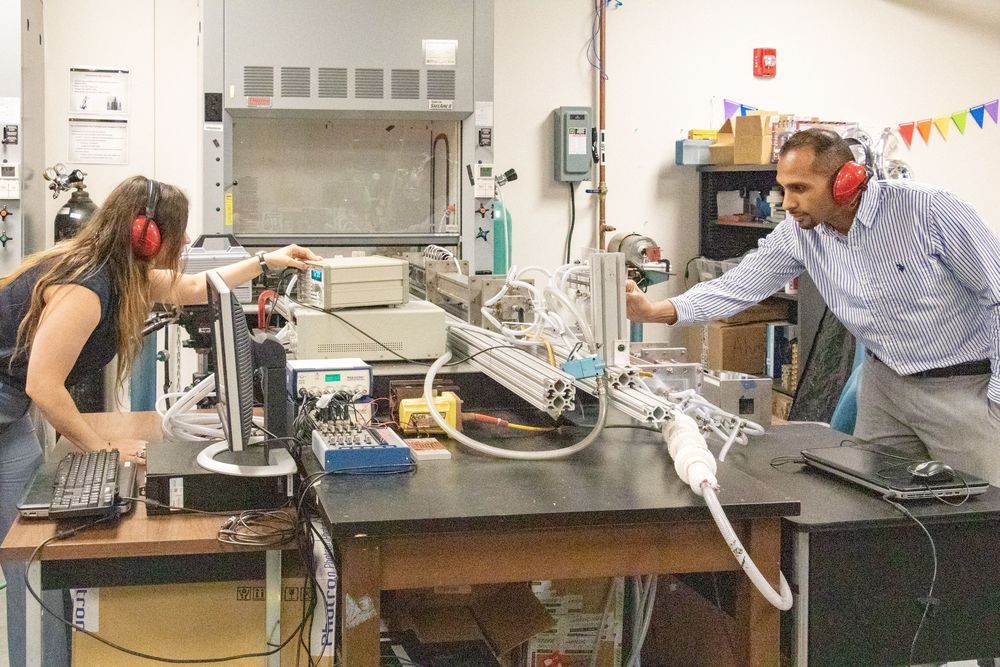
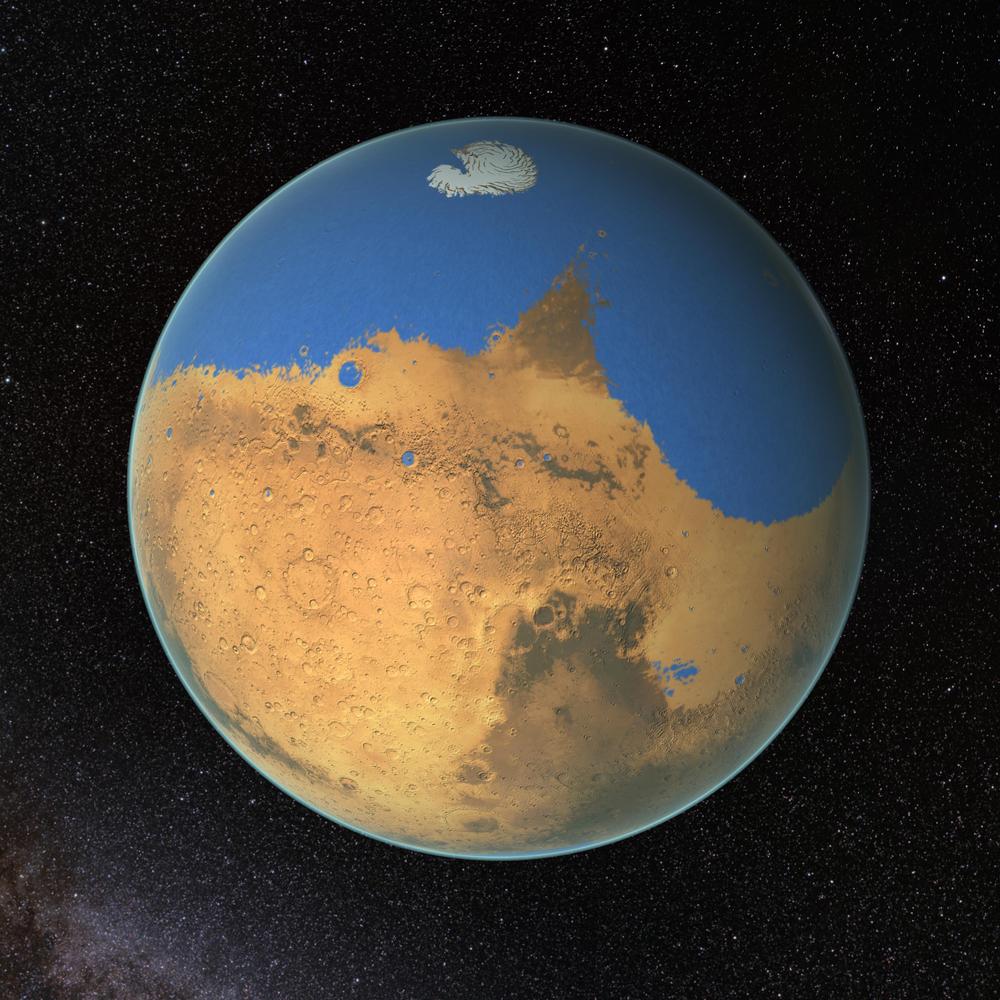

Love it or hate it, Starlink might be the biggest space undertaking ever once completed. The combined mass of the Starlink satellite constellation exceeds any prior space endeavor. The SpaceX network provides global satellite Internet access will weigh in more than any other prior space program. The constellation consisting of thousands of mass-produced small satellites in low Earth orbit adds up quickly. Each Falcon 9 launch gets packed full of sixty Starlink satellites. The satellites neatly fit in both size and mass limitations of the Falcon 9.
In 2018, The Federal Communications Commission granted SpaceX approval to launch up to 4,425 low-Earth-orbit satellites at several different altitudes between 1,110km to 1,325km. The following year, the FCC approved a license modification to cut the orbital altitude in half for 1,584 of those satellites. The lower altitude for the Starlink satellites reduces the latency of the Starlink. Yeah initial Starlink will be nearly the mass of the ISS.
| Name | Kg | Qty | Total Kg |
| Starlink | 260 | 1 | 260 |
| Starlink launch | 260 | 60 | 15,600 |
| Initial Starlink | 260 | 1,584 | 411,840 |
| ISS | 419,725 | 1 | 419,725 |
| Partial Starlink | 260 | 1,614 | 419,725 |
| Starlink full thrust | 260 | 4,425 | 1,150,500 |
| Big freak’n Starlink | 260 | 12,000 | 3,120,000 |
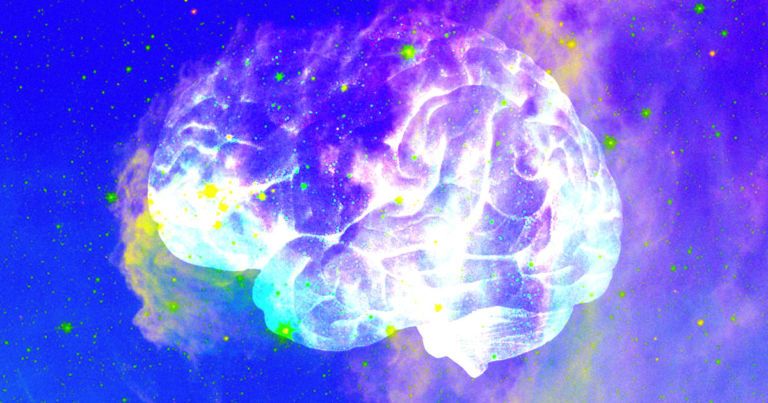
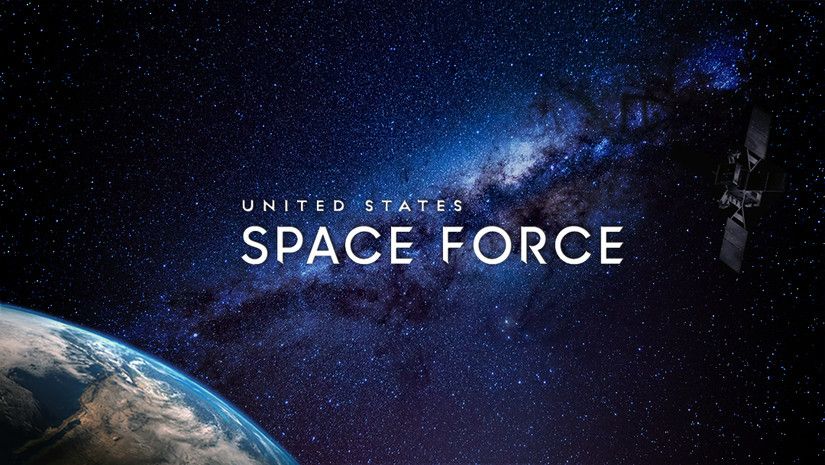
In partnership with the Australian Ministry of Defense, the U.S. Space Force’s (USSF) Space and Missile Systems Center’s (SMC) Space Surveillance Telescope (SST) Program recently achieved “first light” on March 5, 2020, reaching a key milestone after it was moved from White Sands Missile Range, New Mexico to Harold E. Holt Naval Communications Station in Western Australia.
“This key Space Domain Awareness, or SDA, partnership builds on the long history of close defense space cooperation between the United States and Australia and has been a cornerstone of our continued alliance,” said Gordon Kordyak, SMC Special Programs Directorate Space Domain Awareness Division chief.
Moving the SST to Australia satisfied a critical objective to improve the broader USSF Space Surveillance Network’s ground-based electro-optical coverage of the geosynchronous space regime. First light is a significant milestone in meeting this objective. It means that course alignment of the telescope optics with the wide field of view camera has been completed to allow the first images of objects in orbit to be seen by the telescope.
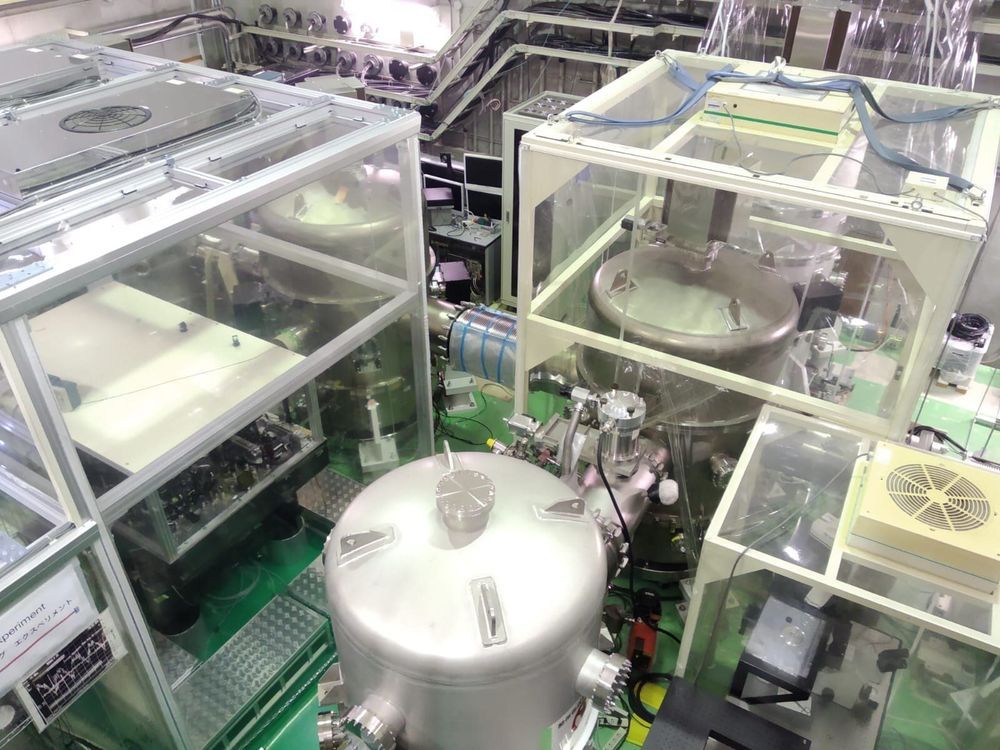
Researchers at the National Astronomical Observatory of Japan (NAOJ) have used the infrastructure of the former TAMA300 gravitational wave detector in Mitaka, Tokyo, to demonstrate a new technique to reduce quantum noise in detectors. This new technique will increase the sensitivity of the detectors comprising a collaborative worldwide gravitational wave network, allowing them to observe fainter waves.
When it began observations in 2000, TAMA300 was one of the world’s first large-scale interferometric gravitational wave detectors. At that time TAMA300 had the highest sensitivity in the world, setting an upper limit on the strength of gravitational wave signals; but the first detection of actual gravitational waves was made 15 years later in 2015 by LIGO. Since then, detector technology has improved to the point that modern detectors are observing several signals per month. The scientific results obtained from these observations are already impressive, and many more are expected in the coming decades. TAMA300 is no longer participating in observations, but is still used as a testbed for new technologies to improve other detectors.
The sensitivity of current and future gravitational wave detectors is limited at almost all the frequencies by quantum noise caused by the effects of vacuum fluctuations of the electromagnetic fields. But even this inherent quantum noise can be sidestepped. It is possible to manipulate the vacuum fluctuations to redistribute the quantum uncertainties, decreasing one type of noise at the expense of increasing a different, less obstructive type of noise. This technique, known as vacuum squeezing, has already been implemented in gravitational wave detectors, greatly increasing their sensitivity to higher frequency gravitational waves. But the optomechanical interaction between the electromagnetic field and the mirrors of the detector causes the effect of vacuum squeezing to change depending on the frequency. So at low frequencies, vacuum squeezing increases the wrong type of noise, actually degrading sensitivity.
